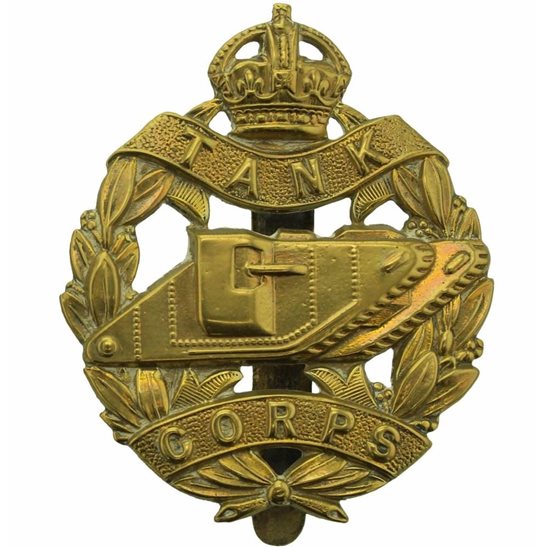Personal Details
Born: 25 January 1897 in Southport, Lancashire.
Family: He was the second of five children born to Robert Owen, a butcher and his wife Frances Sarah, nee Duffy. He had a twin brother, Alfred. His father Robert had previously been married to Elizabeth Leake and they had two daughters, these would have been David`s half sisters. On the 1939 Register he was recorded as being married, however no definite marriage can be found for him.
Residence: In 1901 he and his family were living at 121 Sussex Road, Southport. By 1911 they had moved to 146 Broad Street, Pendleton, Salford, Lancashire. An address of St. Mary`s School, Whitchurch, Shropshire was given for him on the1919 Absent Voters` List for Whitchurch. This address can also be found on his 1919 military documents, where his next of kin is stated as his sister, Miss Roberta Owen. Additional addresses of 143 Seedley Park Road, Seedley, Salford, Lancashire and 26 Clarendon Road, Swinton are also on these records. In 1939 he was living at 33 Overton Crescent, Sale, Cheshire.
Employment: On his military records for 1919 his occupation was described as a warehouseman. By 1939 he was a food despatch clerk.
Died: In 1977 in Trafford, Lancashire, aged 80.
Military Details
Regiment: Royal Tank Corps (previously Machine Gun Corps, Royal Warwickshire Regiment and Lancashire Fusiliers)
Rank: Private
Service Number: 7809848 (previously 72985, 7173 and 1980)
Date of Enlistment: 23 February 1914
Date of Discharge: 31 March 1922
Reason for Discharge: Not known
Other Information: David`s brothers, Robert and Alfred, also served in WW1. He transferred to the Royal Tank Corps (7809848) on 14 March 1919, serving for another three years.
David was awarded the Campaign Medals (British War Medal and Victory Medal)

The British War Medal (also known as 'Squeak') was a silver or bronze medal awarded to officers and men of the British and Imperial Forces who either entered a theatre of war or entered service overseas between 5th August 1914 and 11th November 1918 inclusive. This was later extended to services in Russia, Siberia and some other areas in 1919 and 1920. Approximately 6.5 million British War Medals were issued. Approximately 6.4 million of these were the silver versions of this medal. Around 110,000 of a bronze version were issued mainly to Chinese, Maltese and Indian Labour Corps. The front (obv or obverse) of the medal depicts the head of George V. The recipient's service number, rank, name and unit was impressed on the rim.
The Allied Victory Medal (also known as 'Wilfred') was issued by each of the allies. It was decided that each of the allies should each issue their own bronze victory medal with a similar design, similar equivalent wording and identical ribbon. The British medal was designed by W. McMillan. The front depicts a winged classical figure representing victory. Approximately 5.7 million victory medals were issued. Interestingly, eligibility for this medal was more restrictive and not everyone who received the British War Medal ('Squeak') also received the Victory Medal ('Wilfred'). However, in general, all recipients of 'Wilfred' also received 'Squeak' and all recipients of The 1914 Star or The 1914/1915 Star (also known as 'Pip') also received both 'Squeak' and 'Wilfred'. The recipient's service number, rank, name and unit was impressed on the rim.

